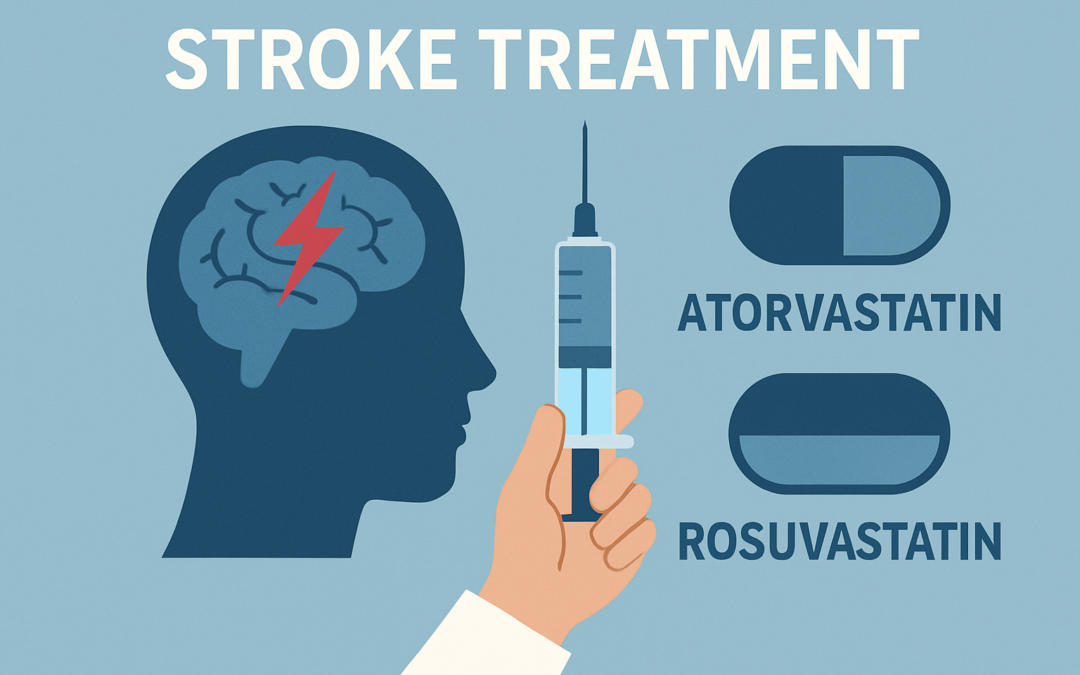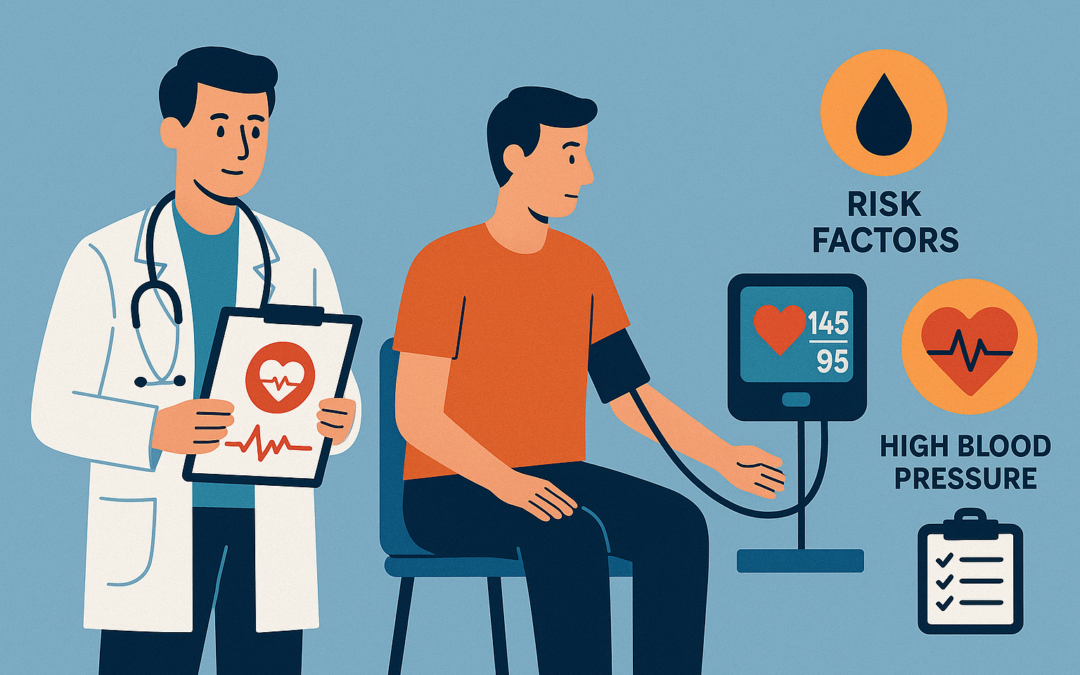
Heart failure with preserved ejection fraction (HFpEF) represents a significant clinical challenge, particularly among patients with obesity and type 2 diabetes, where cardiometabolic factors exacerbate disease progression. While glucagon-like peptide-1 (GLP-1) receptor agonists like semaglutide and dual GLP-1/glucose-dependent insulinotropic polypeptide (GIP) agonists like tirzepatide have demonstrated symptomatic improvements in preliminary trials, evidence on hard clinical endpoints such as hospitalization and mortality remains limited due to small event numbers. The objective of this study is to assess the real-world effectiveness and safety of semaglutide and tirzepatide in reducing heart failure hospitalization or all-cause mortality in patients with cardiometabolic HFpEF, including trial emulation and head-to-head comparisons.

Rosuvastatin, a potent statin for cardiovascular risk reduction, has raised concerns about QTc interval prolongation, a risk factor for torsades de pointes and sudden cardiac death. This study investigates the short-term effect of rosuvastatin on QTc interval compared to atorvastatin in patients with suspected coronary artery disease (CAD).

Coronary artery disease (CAD) remains a leading cause of morbidity and mortality globally, necessitating effective secondary prevention strategies. Clopidogrel and aspirin are widely used antiplatelet therapies, but their comparative efficacy and safety remain debated. This systematic review and individual patient data meta-analysis aimed to compare clopidogrel versus aspirin in preventing recurrent cardiovascular events in patients with established CAD.

This national registry-based observational study, conducted using data from the Third China National Stroke Registry (CNSR-III), compared the effectiveness and safety of atorvastatin versus rosuvastatin in 3322 adult patients (aged ≥18 years) with ischemic stroke or transient ischemic attack (TIA) who initiated either statin within 7 days of symptom onset, from August 2015 to March 2018. Eligible patients had a pre-stroke modified Rankin Scale (mRS) score of 0, indicating no disability. Of these, 2605 initiated atorvastatin, and 717 initiated rosuvastatin. The primary outcome was ideal, defined as an mRS score of 0 (no symptoms) at 3 months. Secondary outcomes included ideal outcomes at discharge, 6 months, and 12 months, as well as 12-month rates of stroke recurrence, all-cause mortality, cardiovascular mortality, and major adverse cardiovascular events (MACE).

Mitochondrial dysfunction and oxidative stress, triggered by angiotensin II (Ang II) overactivation, are key drivers of cardiovascular disease (CVD) progression. This study compares the protective effects of nebivolol, a third-generation β1-adrenergic blocker, and metoprolol, a second-generation β1-adrenergic blocker, on Ang II-induced mitochondrial impairment in H9c2 cardiomyoblasts.

This study investigated the association between novel triglyceride- and triglyceride-glucose-derived obesity indices and hypertension (HTN) prevalence in nonobese adults, utilizing data from 12,717 participants in the National Health and Nutrition Examination Survey (NHANES) from 1999 to 2020, representing approximately 119 million U.S. adults. The prevalence of HTN was 49.74% overall, with 53.45% in men.







